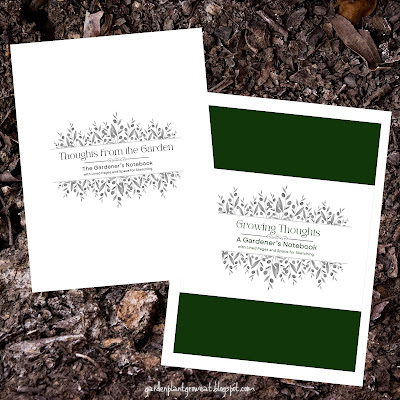Moon Gardening. Harnessing Lunar Cycles!
Moon Gardening. Harnessing the Lunar Cycles!
For centuries, gardeners have looked to the moon for guidance, using lunar cycles to determine the best times to plant, prune, and harvest.
This ancient practice, known as moon gardening, is making a comeback as modern growers seek natural ways to improve plant health and yields.
But does planting by the moon actually work?
And how can you incorporate this method into your own garden?
Dive into the fascinating world of lunar gardening below...
What is Moon Gardening?
Moon gardening is based on the idea that the gravitational pull of the moon influences moisture levels in the soil, just like it affects ocean tides.
Different lunar phases are believed to encourage different types of plant growth, making it possible to time planting and gardening tasks for maximum success.
How Lunar Phases Affect Your Garden
The moon’s cycle is divided into four key phases, each lasting about a week.
Here’s how they can guide your gardening schedule...
🌑 New Moon (Waxing Moon) – Best for Leafy Greens
The increasing light of the waxing moon is believed to promote upward growth.
Ideal for sowing leafy crops like lettuce, spinach, kale, and herbs.
A great time for seed germination and planting annuals.
🌓 First Quarter – Strong Root Development
The moon’s gravitational pull is still strong, encouraging root growth.
Perfect for planting root vegetables like carrots, beets, potatoes, and onions.
Also a great phase for transplanting seedlings.
🌕 Full Moon – Best for Flowering and Fruiting Plants
With the moon at its brightest, energy is believed to shift toward fruit and flower production.
Great time to plant fruiting crops like tomatoes, peppers, beans, and squash.
Beneficial for pruning and fertilizing.
🌗 Last Quarter (Waning Moon) – Rest and Regeneration
As the moon’s light decreases, plant energy moves toward the roots.
A time for weeding, pruning, and soil enrichment (composting, mulching).
Best phase to plant perennials and bulbs.
Scientific Backing or Gardening Myth?
While moon gardening is largely based on ancient traditions and folklore, some modern gardeners swear by its effectiveness.
The gravitational pull theory does hold some merit—just as the moon affects tides, it may subtly influence moisture in the soil.
Whether science fully supports it or not, one thing is certain: timing your gardening tasks in sync with nature fosters a deeper connection to the rhythms of the earth.
How to Start Moon Gardening
Want to give moon gardening a try? Follow these simple steps...
- Get a Lunar Calendar – Track the moon’s phases each month.
- Plan Your Planting Schedule – Align crops with the best moon phase for their growth.
- Observe and Take Notes – Compare your results with traditional methods.
- Incorporate Other Natural Practices – Combine moon gardening with organic techniques like companion planting and soil enrichment.
Final Thoughts🌿Gardening in Tune with the Moon
Whether you’re a firm believer or just curious to experiment, moon gardening is a rewarding way to connect with nature and maximize your garden’s potential.
By tuning into the moon’s cycles, you may just discover a deeper appreciation for the harmony between plants and the cosmos.







